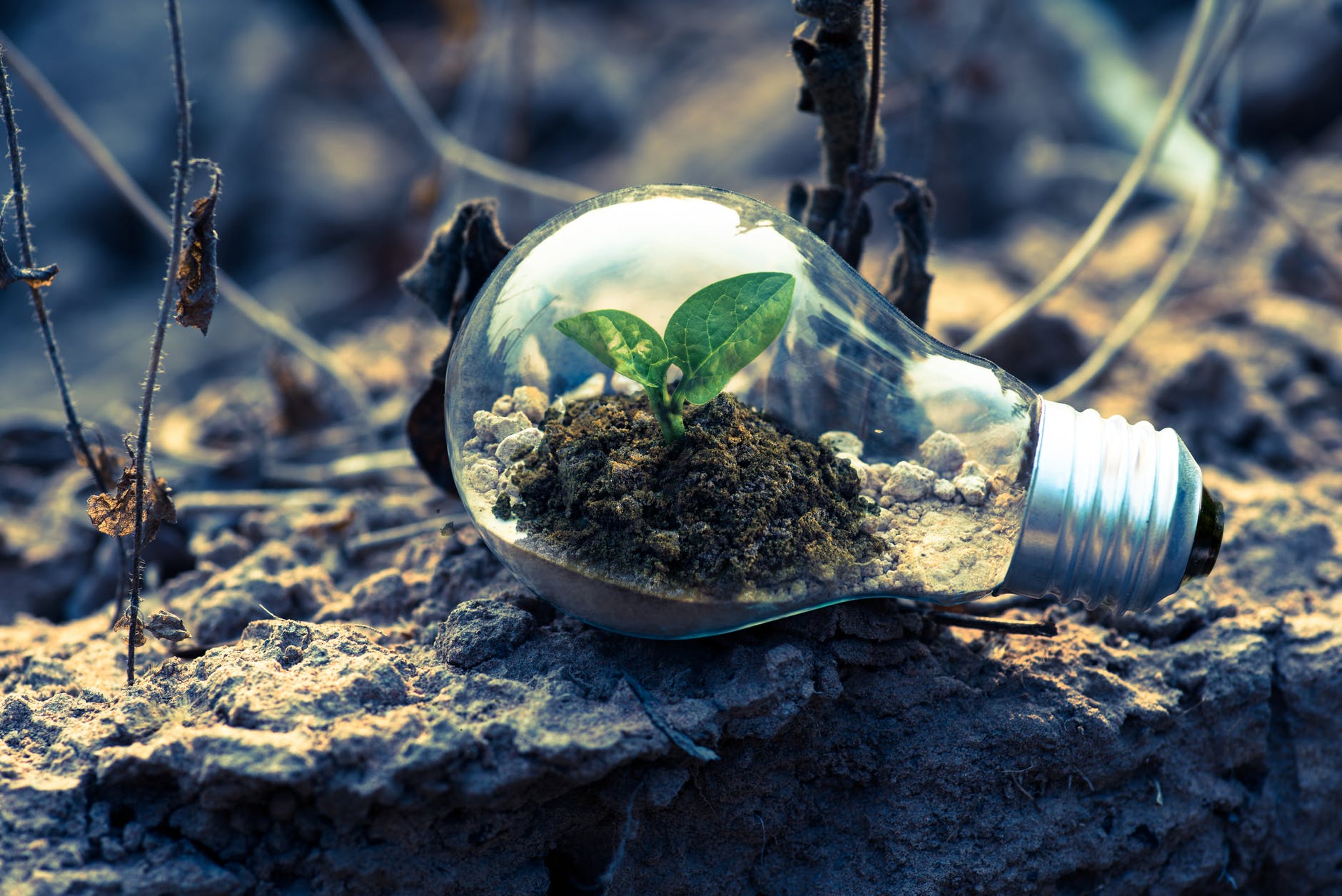This year the British Society of Soil Science’s Annual General Meeting (AGM) centred around soil health. What is it and how do we measure it? It might seem obvious at first glance, but the term is surrounded by different opinions. This is because we don’t actually know exactly what it is. Nor how we actually determine if a soil is healthy or not. It becomes particularly apparent when we need to place a value (i.e. a number) on health. This is so we can tell if it is improving or declining, or is it better or worse than something else?
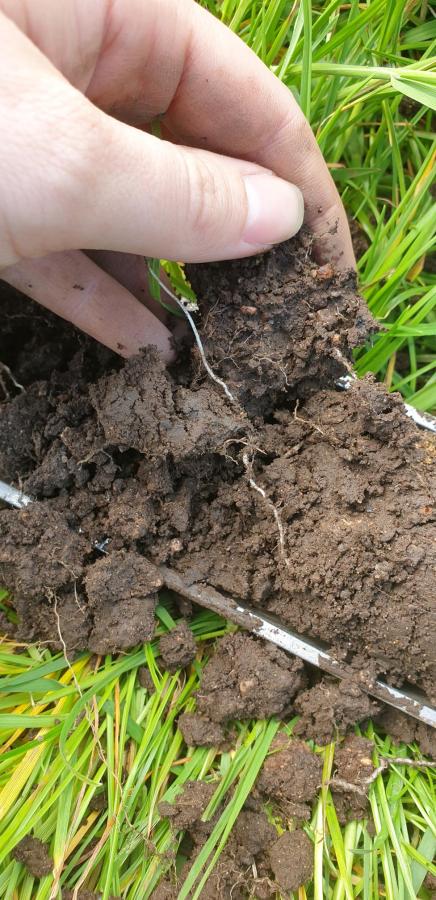
Definition of soil
What struck me at the AGM was the general consensus that for a soil to be healthy, it must be alive. Until now, ‘alive’ wasn’t something I considered to be a fundamental reason for something to be called a soil. This immediately got me thinking back to a paragraph I had written in my (so far) thesis, where I discuss what soil actually is:
According to the the Soil Science Society of America (SSSA) Journal, ‘soil’ is defined as “the layer(s) of generally loose mineral and/or organic material that are affected by physical, chemical, and/or biological processes at or near the planetary surface and usually hold liquids, gases, biota and support[s] plants” (van Es, 2017). This description clearly divides the non-living, physical components of soil – minerals and/or organic matter – from the components not in the solid or semi-solid phase i.e. liquids and gases, or that are currently alive. This is particularly important to highlight because it extends the usefulness of the definition to extra-terrestrial soils where life or liquids are not an essential component, highly organic peat soils where minerals are lacking and desert soils where there may be limited life.
I then went onto to use this definition to interpret what soil physical structure is. This is another discussion entirely, by the way, but when I wrote this, I felt a little naïve. I had a distinct feeling that I didn’t need to mention what soil (and soil structure) actually was in a PhD thesis. However, fast forward a good six months and I feel glad that I spent the time writing about this issue. I realised in fact, this section is far from complete! Nor will it probably ever be. This is because soil scientists, and by that, I mean more established and experienced soil scientists (after all it’s only the imposter syndrome that tells me I am not one), actually don’t agree on what ‘soil’ is! Call it semantics, yes, but for me it’s an opportunity to feel a little empowered, less afraid and understand a little more behind a few important words. So sit back, grab a cup of coffee and I’ll share those thoughts with you now.
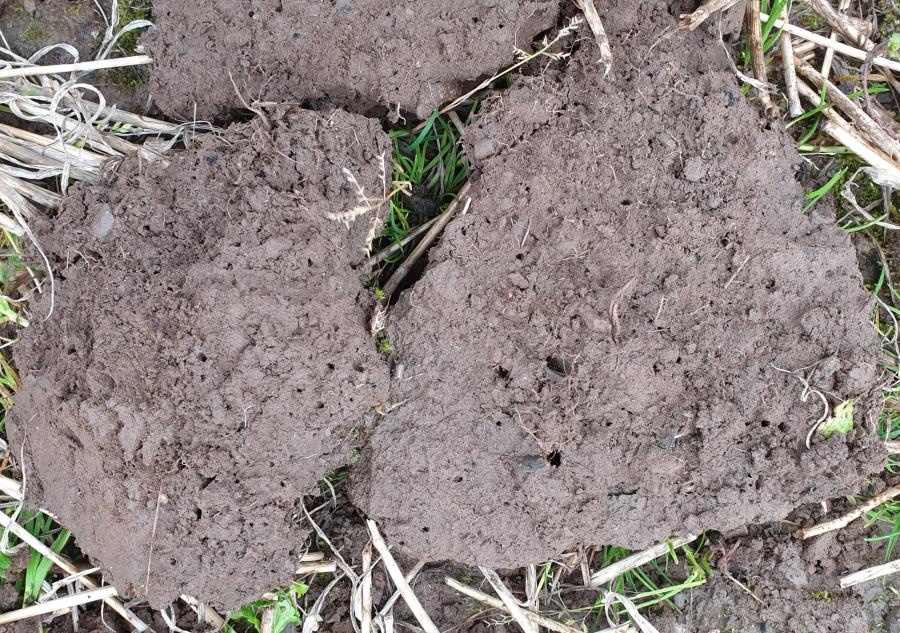
Someone did comment during the AGM that the SSSA may be changing their definition of ‘soil’ from that quoted above. Do you have an opinion on this? The jury is clearly still out in the wider scientific community on whether soil should be alive. However, this got me thinking; does soil really have to be alive to have health? What, in fact, is health? Does health, by definition, have to be associated with life?
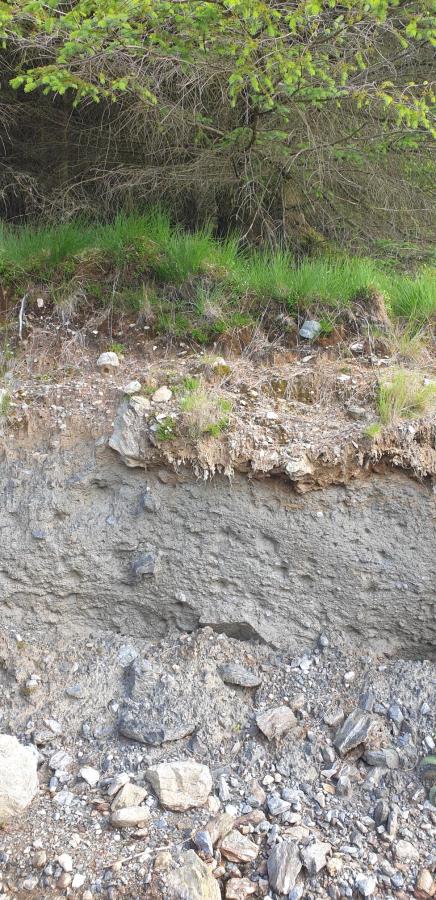
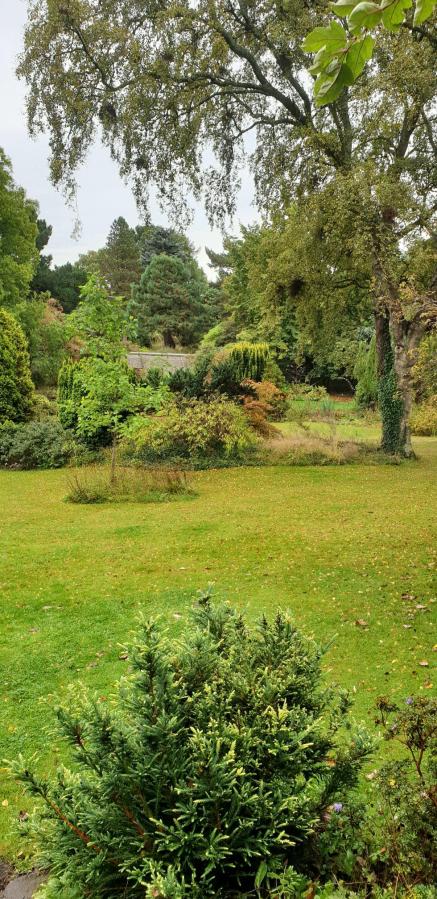
What is ‘soil health’?
In my thesis, to define soil structure, I first broke it down into its simpler form. The equivalent here, now, would now be ‘soil’ and ‘health.’ Whatever the definition of soil, considering the latter helps also interpret the former because ‘health’ must be an aspect of ‘soil’. In other words, if health associates with something that is alive, then so too does soil.
According to the Oxford Languages dictionary, ‘health’ is a noun, not an adjective I might add. It is defined as ‘the state of being free from illness or injury.’ I didn’t find this particularly helpful. In fact it was a lot less enlightening for me than my experiences with ‘structure’. All I learnt was that it must be a ‘thing’ and not a descriptor. Therefore you either have it, or you don’t. But can it really be that clear cut? Surely things must be in a state of health? After all health can be good or bad. The World Health Organisation, who I would assume know a little about ‘health,’ gives this description:
“A state of complete physical, mental and social well-being and not merely the absence of disease and infirmity.”
World Health Organisation, 2021
My first thought around this definition, was that ‘health’ was clearly not designed to be applied to something dead… but I’ll return to this in a minute…
Perhaps, in the context of soil health, this could instead be interpreted as ‘ a state of complete [physical, chemical and biological] well-being and not merely the absence of [insert factors here that make soil ‘ill’].
On first impression, this reads quite well. However, there is a particular use of words I do not like; the definition indicates there must be ‘complete … wellbeing.’
And this then made me have complete … hopelessness because I don’t know about you, but nothing or no-one is ever in a ‘state of complete physical, mental and social well-being…’. Not to open a can of worms, but if this is health, then health is never achievable.
What is it actually, then?
I would argue instead that health is more of a dynamic homeostasis of the good and the bad. Where the stasis lies depends on many things, like for example whether your car broke down or not on the way to work. Googling around (<- totally legit research term) does suggest that this is a widely used interpretation of what health is, but clearly not one the WHO uses. Theirs is more of an, arguably unachievable but also understandable, goal post with no in between. Again, you either have it or you don’t.
But if I asked you; ‘do you have health?’ What would your answer be? Your response would certainly be affected by whether your car broke down or not.
But if I asked you; ‘does your car have health’? I would suspect that most people would respond ‘yes.’ And if I asked why, you might respond with ‘because it works and it got me to work this morning and it will most likely get me home tonight’. On the other hand you may respond with a list of modifications that you need to do to bring it up to a better state of health because it did break down. Yes I agree it’s a clunky use of words, but cars can be in poor health or good health. If I look after my car it contributes to its good health so it will last longer before breaking down.
So, why is this relevant to soil?
Because a car is not alive, but it has a life. In other words, it has a lifespan influenced by the factors around it. Inanimate objects can still have ‘life’ which is usually much longer than anything biologically ‘alive’ meaning interpretation is more challenging. Now I’m not suggesting that soil is ‘dead’, in the same way the sea is far from ‘dead’. They are living ecosystems but they aren’t ‘alive.’
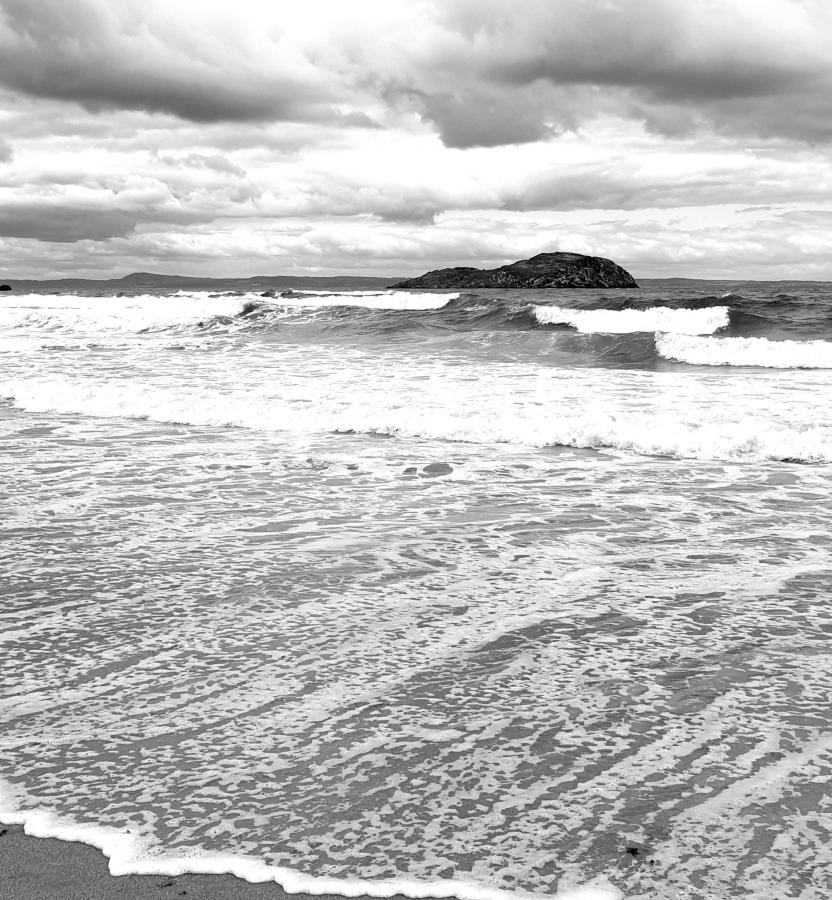
Soil doesn’t consume energy to grow (well it does sort of…), it can’t communicate or signal, it doesn’t reproduce and it can’t interpret an input. Arguably it needs a lot of the things we do, like air and water to function. But the soil is still there if these go away. So what I’m saying is that it doesn’t mean it doesn’t have a life. It can still be negatively affected by what goes into it and therefore what comes out of it. Soil from the moon, is still full of chemical reactions. It gets blown around, heated and cooled in similar ways to how ‘soil’ does from rock here on Earth. Moon dust just isn’t blessed with all the critters and plants that live in it. Yet it still functions as a soil.
A proposed new interpretation of ‘soil health’
Perhaps if we consider soil as having ‘longevity’ and ‘life’ rather than ‘being alive,’ it could both change our interpretation of soil and also raise a wider understanding of soil health. It could bring together those that believe soil is alive and those that want to include biologically-inert moon dust under ‘soil’.
Therefore, in my (current) opinion, something that has health, has ‘a range of conflicting factors which contributes to the longevity of life of the considered subject’ where a positive balance has a positive effect on longevity for example. So returning to ‘soil health’, it doesn’t suggest that a soil must be alive but that it must exist over time. In other words it must ‘have a life’ and it must have factors which change the soil over time. Such changes will alter the longevity of that soil in that it extends or shortens its life.
Next up…what is the meaning of ‘life’…?!!
Discussion to be continued, changed, modified, updated as and when required …. discussion, comment and constructive criticism welcome!

